
How to Choose the Perfect Single Casement Door for Your Home Design Needs
In the realm of home design, the importance of selecting the right elements cannot be overstated. Among these, the choice of a
Single Casement Door stands out, offering both functionality and aesthetic appeal.
Renowned industry expert, John Smith, a leading designer at Modern Home Solutions, emphasizes that
"the right door can entirely transform the character of a space." This insight underscores
the integral role that a well-chosen Single Casement Door plays in harmonizing interior
and exterior designs.
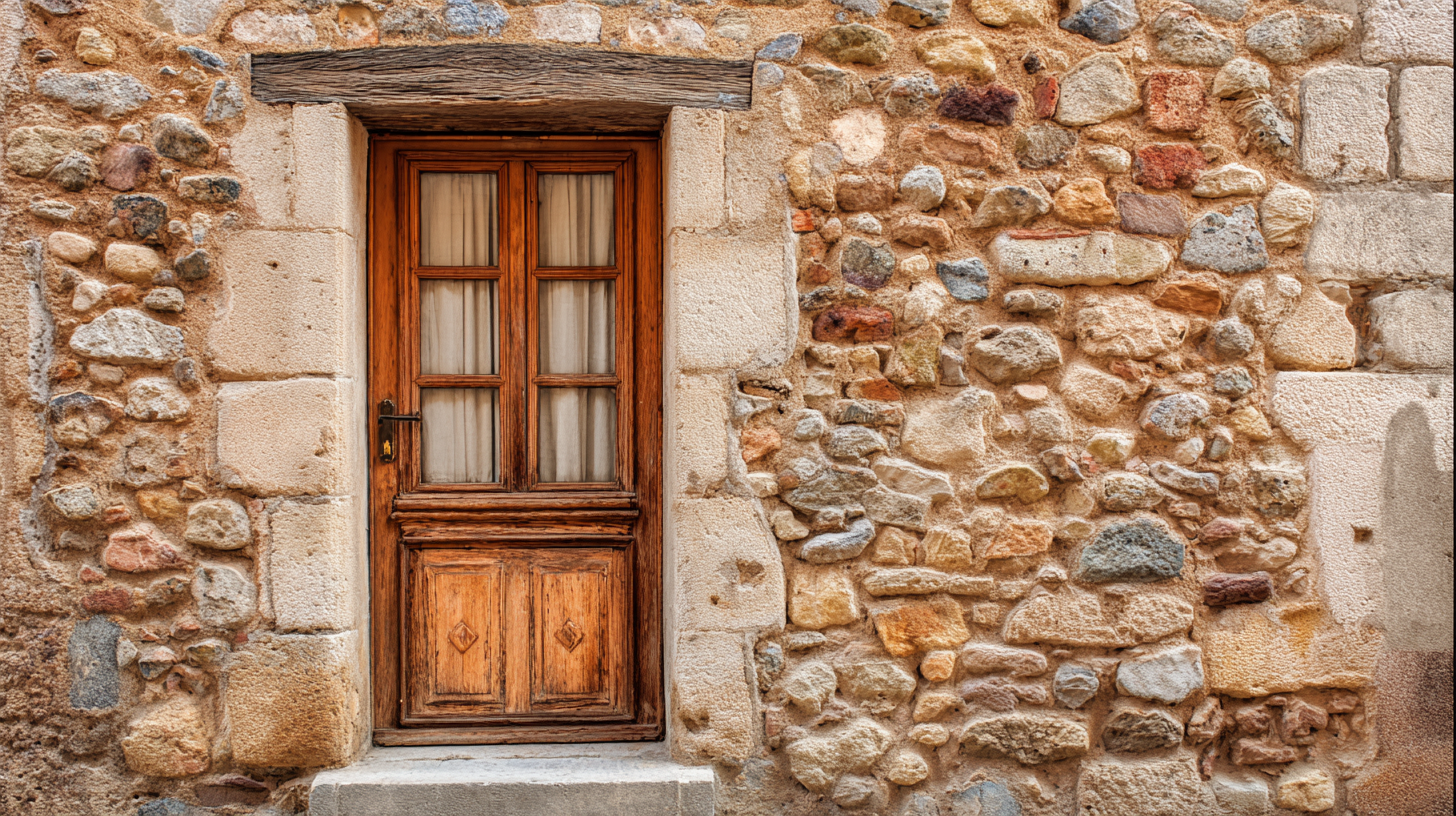
In this guide, we will explore the essential factors to keep in mind when choosing the perfect Single Casement Door for your home, drawing on the latest trends and expert recommendations from the industry. By focusing on quality, design, and practicality, you can make an informed decision that will elevate your home's overall appearance and comfort.
Understanding Your Home's Aesthetic: 5 Key Styles for Casement Doors
When selecting a single casement door for your home, understanding your home's aesthetic is essential. There are five key styles to consider that will enhance your design. First, the traditional style, often featuring rich wood finishes and classic hardware, brings warmth and character to any entryway. This timeless look pairs beautifully with vintage or colonial homes, making it an excellent choice for those wishing to maintain architectural integrity.
Next, the modern style emphasizes clean lines and minimalism, typically utilizing sleek materials like aluminum or fiberglass. These doors often boast large glass panels to maximize natural light, making them perfect for contemporary designs. For those aiming for a rustic feel, the farmhouse style, with its rugged wood grain and often painted finishes, creates a charming and welcoming entrance. Meanwhile, the industrial style uses metal accents and unfinished textures, offering an edgy contrast that complements loft-like environments. Finally, the craftsman style, characterized by intricate woodwork and earthy tones, brings a handcrafted quality to your home, appealing to those who appreciate detailed craftsmanship. Each style serves to reflect individuality while enhancing the overall aesthetic of your home.

Top 7 Material Options for Durability and Style in Single Casement Doors
When selecting a single casement door, the choice of material plays a crucial role in ensuring both durability and aesthetic appeal. Among the top options, wood stands out for its timeless beauty and flexibility in design. A well-finished wooden door can enhance the charm of traditional or farmhouse-style homes. However, it requires regular maintenance to safeguard against rot and weather damage.
Metal options, such as steel or aluminum, offer exceptional strength and resistance to outside elements. These materials are ideal for modern homes with sleek lines, providing a minimalist look while ensuring security and longevity. Fiberglass doors are another excellent choice; they mimic the appearance of wood but boast superior durability and lower maintenance needs. For environmentally conscious homeowners, recycled materials can be a sustainable yet stylish option that contributes to energy efficiency. Each of these materials presents unique benefits, making it essential to consider your home’s design, climate, and maintenance preferences when making your selection.
3 Essential Features to Look for in Energy-Efficient Casement Doors
When choosing the perfect single casement door for your home design needs, energy efficiency should be a top priority. One essential feature to look for is the door's framing material. Options like vinyl or fiberglass offer excellent insulation properties, helping to minimize heat transfer and reduce energy costs. These materials are also durable and require less maintenance compared to traditional wood frames.

Another critical aspect is the type of glazing used in the door. Double or triple-pane glass units filled with argon or krypton gas provide improved thermal performance, keeping your home comfortable year-round. Additionally, low-E (low-emissivity) coatings reflect heat back into the room during winter while blocking excessive heat from the sun in summer, thereby enhancing energy savings.
Lastly, pay attention to the door's weather stripping and sealing mechanisms. High-quality weather stripping around the frame ensures a tight seal, preventing drafts and enhancing overall energy efficiency. Selecting a casement door with these features not only contributes to a more comfortable living environment but also helps in creating a sustainable home.
5 Tips for Measuring Your Space for the Perfect Fit
When selecting a single casement door that complements your home, accurate measurements are crucial. Start by measuring the width and height of the existing doorframe, if applicable. Use a tape measure to capture the distance from the floor to the top of the frame, as well as from one side to the other. The goal is to ensure that the new door fits seamlessly into the existing space, maintaining your home's aesthetic and functionality.
Additionally, take into account any obstructions that may affect the door's operation. Check for items such as light switches, windows, or furniture that might impede the door when it swings open. Measure the swing space to ensure there’s enough room for the door to open without obstruction. Finally, consider the thickness of the wall where the door will be installed, as this will affect the type of hinges and hardware needed. High-quality measurements help you choose the perfect casement door while ensuring that it enhances your home’s design.
Measurement Insights for Single Casement Doors
Choosing the Right Color and Finish: 4 Design Principles for Casement Doors
When choosing the perfect single casement door, selecting the right color and finish is crucial to complement your home design. One key design principle is to consider the overall architecture of your home. For instance, if you live in a classic-style home, rich wooden finishes may enhance its traditional charm. Conversely, a sleek, minimalist finish in a bold color can create a striking contrast in modern architectural settings.
Another important factor is the surrounding landscape and interior decor. Reflecting the tones and styles present in these areas through your door choice can create a harmonious flow. Light colors can make a space feel airy and bright, while darker shades can add warmth and sophistication. Finally, durability should not be overlooked—select finishes that can withstand the elements while still appealing to your aesthetic preferences. By following these design principles, you can ensure your casement door not only enhances your home's aesthetic but also makes a stunning first impression.
How to Choose the Perfect Single Casement Door for Your Home Design Needs - Choosing the Right Color and Finish: 4 Design Principles for Casement Doors
| Design Principle | Description | Recommended Colors | Suitable Finishes |
|---|---|---|---|
| Contrast | Choose colors that stand out from the rest of the house. | Dark blue, charcoal, forest green | Matte, semi-gloss |
| Harmony | Ensure door colors complement the home's palette. | Soft beige, subdued green | Satin, matte |
| Style | Match the door's design with the architectural style. | Classic white, oak | Glossy, textured |
| Functionality | Consider the door's durability and ease of use. | Neutral colors for practicality | Weather-resistant finishes |
Related Posts
-

Complete Guide to Choosing the Perfect Sliding Back Door for Your Home
-
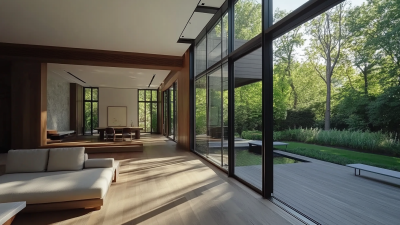
Unlocking the Advantages of Stacker Doors for Modern Spaces
-
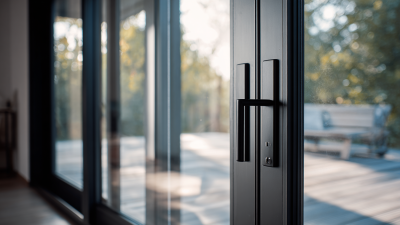
How to Optimize Your Space with a Black Sliding Door Installation Guide
-

How to Choose the Right Cavity Sliding Door for Maximum Space Efficiency in Your Home
-
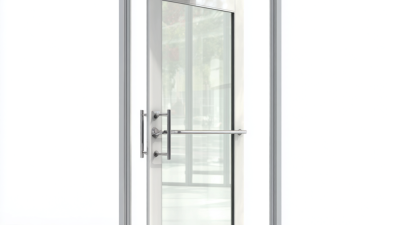
Understanding the Best Swing Door: Key Features and Benefits for Global Buyers
-

What Are the Key Features of the Best Folding Patio Doors for Modern Homes?




 Sliding Door
Sliding Door Folding Window
Folding Window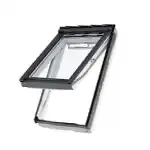 Skylight
Skylight Casement Window
Casement Window Sliding Window
Sliding Window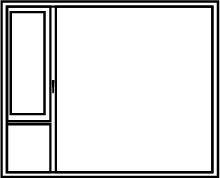 System Window
System Window Tilt and Turn Window
Tilt and Turn Window Sun Room
Sun Room